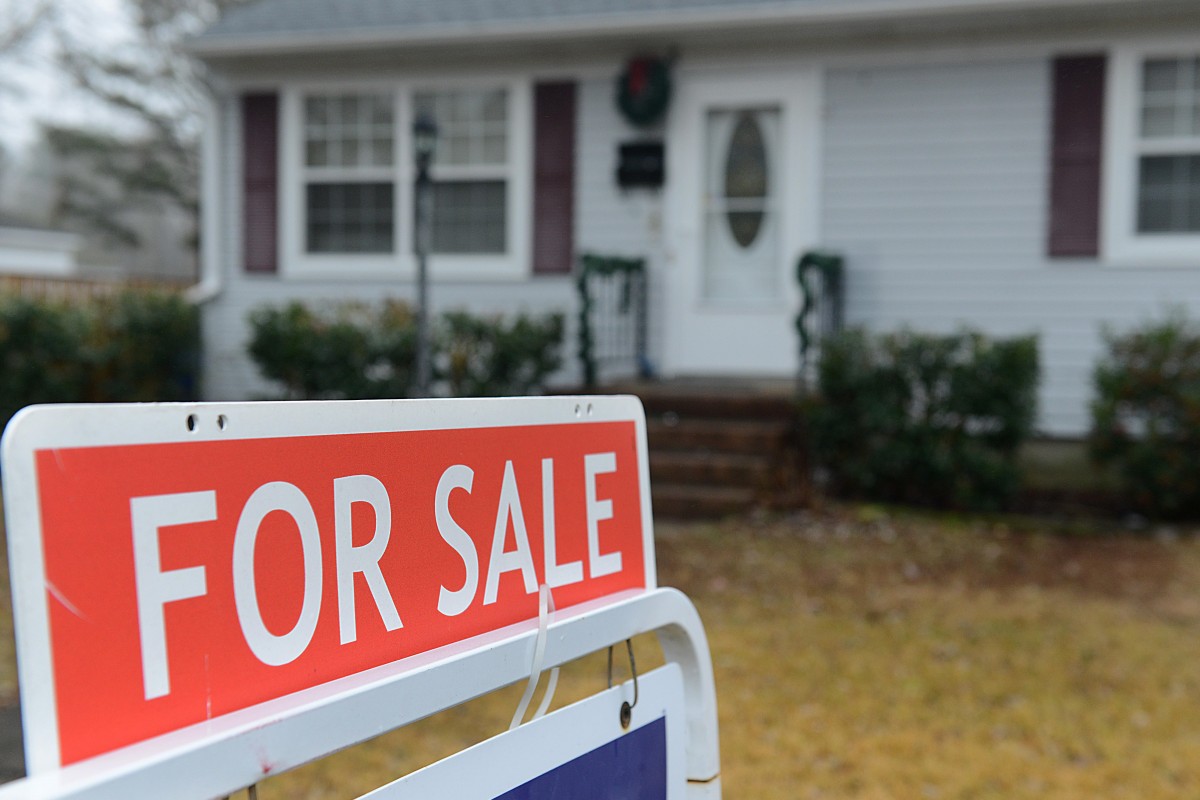Q&A: How securitization could make buying a home more accessible for borrowers from black, Latino and low-income communities.
Expanding access to property is crucial to closing the racial wealth gap. The society of changean Irvine, Calif.-based CDFI is working to address this issue by making homeownership more accessible to creditworthy borrowers from black, Latino, and low-to-moderate income communities.
In February, the company closed the first securitization transaction backed by residential mortgages coming exclusively from a CDFI. Securitization refers to the bundling of assets, such as home loans, which are then repackaged and sold to investors.
The $297 million offering included socially responsible asset managers and banks interested in funding mortgages for underrepresented groups. It comes after the Institutional Shareholder Services (ISS) validated that The Change Company’s lending framework, mission-driven mortgage products and social lending align with the Principles of the social bond established by the International Capital Market Association and achieve the United Nations Sustainable Development Goals.
The Change Company was certified as a CDFI in 2018 with the aim of expanding access to capital for home ownership, said founder Steven Sugarman. Since then, they have funded over $20 billion in loans for over 50,000 families across the country.
Next City recently told Sugarman how securitization could make home ownership more accessible and how other CDFIs can replicate the model of home loans.
Why is it so important to promote home ownership among marginalized groups?
Home ownership is the primary means by which generations of Americans have built their wealth. You really can’t solve the racial wealth gap until you solve the homeownership gap.
Equality is important for the poor, the rich, the minorities — for everyone. If you have the creditworthiness to buy a house, you should be allowed to buy a house. By buying a home, you get better credit scores, you have the opportunity to build equity and wealth, you have a place of your own to invite your family and extended family to. There’s no reason anything other than a person’s credit and solvency should impact their ability to get a home loan.
What’s so important about securitizing CDFI-originated residential real estate loans?
We don’t think the importance can be overstated. Since February, we have closed our second securitization. What it allows us and hopefully other CDFIs to do is get the same cost of capital and access to scalable capital as traditional banks and mortgage lenders. If we can access capital through securitization, that lowers the price for our borrowers and allows us to really solve the problem because we can start lending tens of billions every year and solve the main problems of underbanking for those who are underbanked for non-economic reasons.
Is home loan securitization something other CDFIs could model?
For us, it was a multi-year process of working with rating agencies and with institutional investors to understand the similarities between our loans and loans from traditional banks. This was so they wouldn’t have undue concerns and to work with them so they could observe and understand our safeguards. We believe other CDFIs now have a roadmap of how to go through the securitization process itself. Hopefully we will see this become a situation that is not unique and where capital markets flock to CDFIs as they do to independent lenders.
What could expanded securitization by CDFIs mean for the future of the homeownership gap?
[JPMorganChase CEO] Jamie Dimon spoke about the market size of qualified creditworthy homeownership in minority and underbanked communities of approximately $1 trillion. That’s a lot of lending. CDFIs themselves do not have $1 trillion balance sheets, so we can only solve this problem if we are able to partner with large institutional investors, asset managers, insurance companies and banks. The securitization market is one way to do this – a way to invite large asset managers, banks and insurance companies to invest in these loans in a format they recognize.
We hope with the transparency that comes with securitizations that banks and other lenders will quickly appreciate that CDFI borrowers are creditworthy and often more creditworthy than traditional borrowers. They just happen to not fit in the standard box. Over time, we hope this will show that it is not so much a charitable activity as a creditworthy loan, and that it brings equity and equity in loans.
This story is part of our series, CDFI Futures, which explores the community development finance industry through the lens of equity, public policy and inclusive community development. The series is generously supported by Partners for the Common Good. Sign up for PCG’s CapNexus newsletter at capnexus.org.
Erica Sweeney is a freelance journalist based in Little Rock, AR. She covers health, wellness, business and more. Her work has appeared in The New York Times, The Guardian, Good Housekeeping, HuffPost, Parade, Money, Insider and more.

